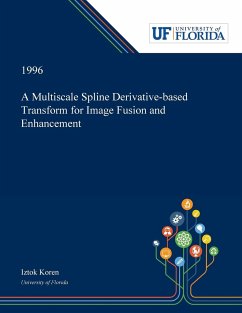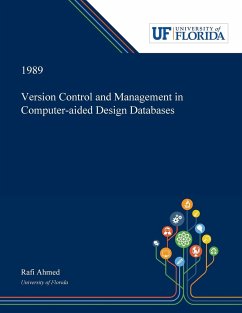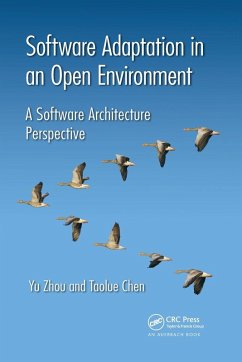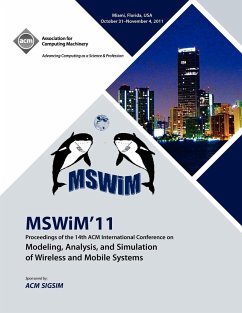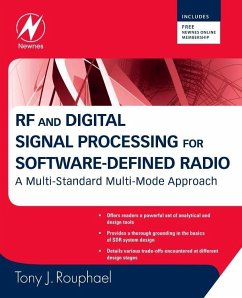
Software Structures for Digital Remotely Controlled Systems

PAYBACK Punkte
35 °P sammeln!
Abstract: Digital Remotely Controlled System (DCRS) programming remains a potentially daunting task, particularly because of the scope of large systems and their requirements for reliability and performance. DRCS programming is not standardized, as the modularity of such systems often allows for a compartmentalization--and hence an insulation from the outside world--within which programmers can do whatever they choose. After examining how system architectures of the past have evolved with the arrival of inexpensive digital computing power, we propose an original structured approach which yield...
Abstract: Digital Remotely Controlled System (DCRS) programming remains a potentially daunting task, particularly because of the scope of large systems and their requirements for reliability and performance. DRCS programming is not standardized, as the modularity of such systems often allows for a compartmentalization--and hence an insulation from the outside world--within which programmers can do whatever they choose. After examining how system architectures of the past have evolved with the arrival of inexpensive digital computing power, we propose an original structured approach which yields benefits that are not immediately apparent. We provide an overview of DRCS hardware and operation, and we illustrate how and why traditional, non-computer-based systems are often redesigned or replaced by ones which are software-driven. We introduce a new method for structuring DRCS software that employs only three basic elements--state variable, I/O filters and commands. We examine a variety of alternate implementations within our scheme, and assess their effects on the system. Particular attention has been paid to the DRCS's observability from the outside world. We discuss how the often competing goals of reducing object code size and increasing execution speed affect the basic elements of our scheme. Solutions are proposed for the special cases where conflicts arise due to real-world issue that might otherwise compromise the regular structure of the software in our scheme. Finally, the methodology is applied to a large, complex system in assembly language, and an analysis is performed with respect to cost, reliability and benefits on both the methodology and on an implementation over its first several years of operation. Dissertation Discovery Company and University of Florida are dedicated to making scholarly works more discoverable and accessible throughout the world. This dissertation, "Software Structures for Digital Remotely Controlled Systems" by Andrew Kalman, was obtained from University of Florida and is being sold with permission from the author. A digital copy of this work may also be found in the university's institutional repository, IR@UF. The content of this dissertation has not been altered in any way. We have altered the formatting in order to facilitate the ease of printing and reading of the dissertation.






